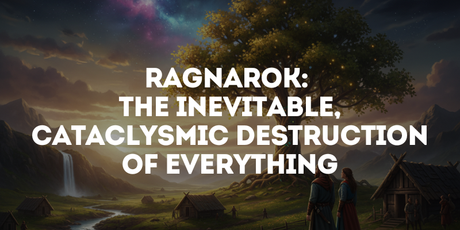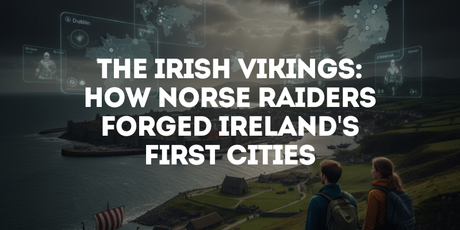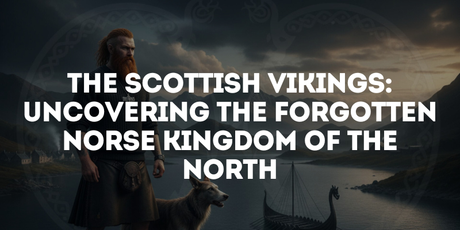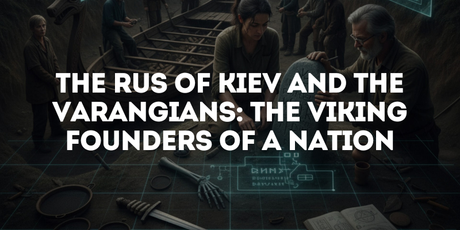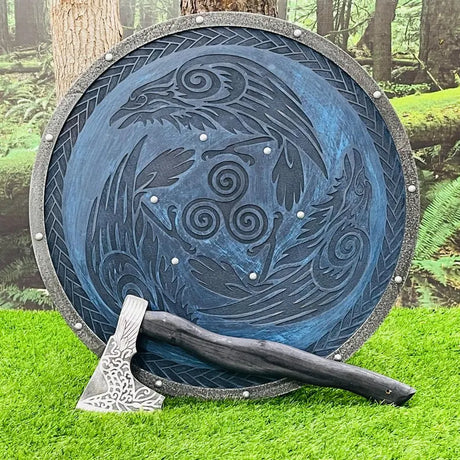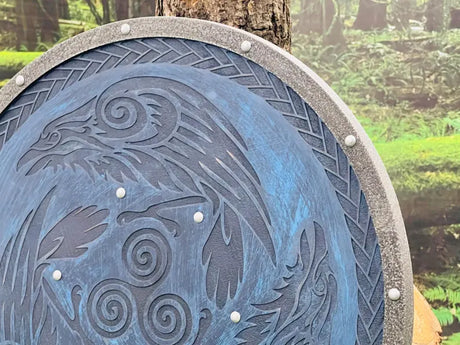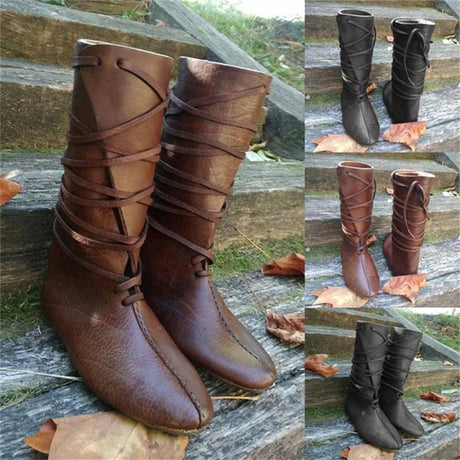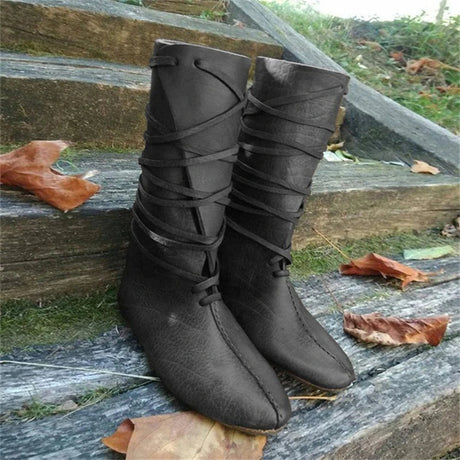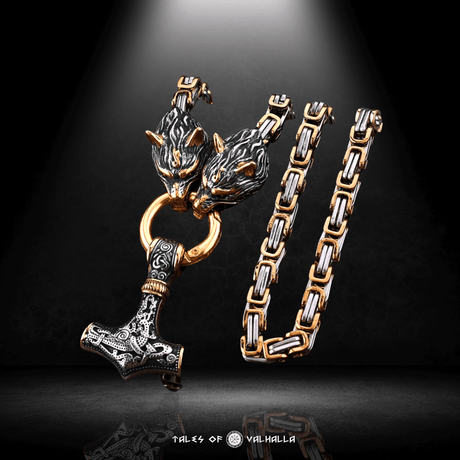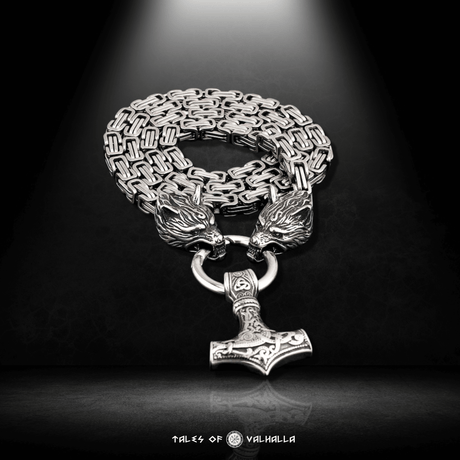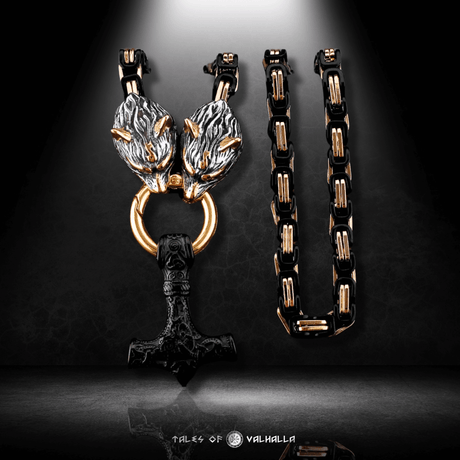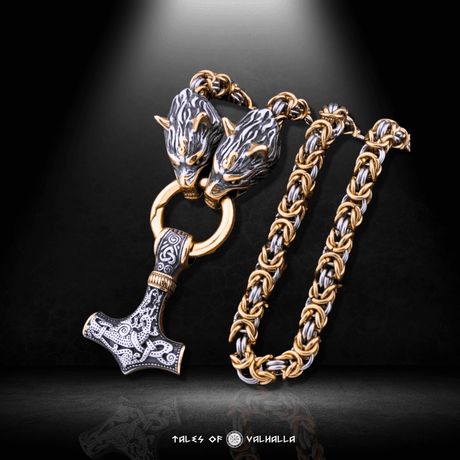When we picture the Vikings, fierce warriors, epic sea voyages, and feasting halls filled with revelers come to mind. Central to these gatherings was Viking beer—a staple of Norse culture that symbolized both sustenance and community. But what exactly was Viking beer? What did it taste like, and how did the Vikings brew it? In this exploration, we delve into the ingredients, methods, and legacy of Viking beer, creating a bridge between ancient Norse culture and modern fascination.
What Made Viking Beer Unique?
The beer Vikings drank was quite different from the modern brews we know today. Viking beer was a raw, unfiltered ale, closer to mead in its rusticity and less refined than our contemporary lagers and ales. The Vikings lacked access to hops—a staple ingredient in most modern beers—which means their brews relied heavily on locally available grains, herbs, and sweeteners to achieve distinct flavors.
Norse beer was a blend of necessity and tradition. Each brew was unique, reflecting the harsh northern climate, where barley was often the only grain hardy enough to withstand the cold. The Vikings crafted a drink deeply connected to their landscape, making Viking beer a fascinating window into Norse society.
Key Ingredients of Viking Beer
Barley: The Foundation of Norse Brewing
Barley, the Vikings’ primary grain, was a resilient crop suited to the cold, unpredictable northern European climate. Unlike wheat or rye, which were more challenging to grow in the region, barley could survive and even thrive, giving Viking beer its malty, earthy flavor. This grain was essential for brewing, as it could be malted—soaked, sprouted, and dried—to produce sugars essential for fermentation.
Malting was an art in itself. The Vikings would soak the barley until it sprouted, then dry it over open flames. This process added a hint of smokiness to the malt, and ultimately to the beer, providing a unique taste that set Viking beer apart.
Honey: Adding a Touch of Sweetness and Tradition
Honey, while rare and precious, was sometimes added to Viking beer. It not only increased the drink’s sweetness and alcohol content but also tied the brew to mead—a honey-based alcoholic drink that Vikings regarded with reverence. Mead held a significant role in Norse society and mythology, associated with the gods and with celebrations.
For special occasions, Vikings combined barley beer with honey, creating a drink that was both potent and flavorful. The addition of honey lent Viking beer a luxurious touch, making it a drink for feasts and rituals.

Viking Beer
Herbs and Botanicals: Flavoring Without Hops
Because hops weren’t widely available in Scandinavia, the Vikings turned to local herbs and botanicals to flavor their beer. These ingredients provided Viking beer with complex tastes, often bitter, spicy, or floral, that varied based on the region and season. Common flavorings included:
- Yarrow: Known for its peppery, slightly bitter flavor
- Juniper: A coniferous plant that added a piney, earthy note
- Bog Myrtle: A bitter plant that lent a unique, aromatic quality
Each herb or botanical used had additional significance, as many plants were thought to have medicinal or magical properties. By incorporating these ingredients, Viking beer became a drink steeped in the lore and practical knowledge of Norse life.
Brewing Techniques – How Did Vikings Make Beer?
Malting and Mashing: The First Steps in Viking Brewing
To begin the brewing process, Vikings malted their barley. They soaked the grain in water until it began to sprout, initiating the release of enzymes that converted starches into sugars. Once the barley was malted, it was crushed or ground and combined with water to form a mash, a warm, sugary liquid that served as the base for the beer.
This mash was then strained and boiled, concentrating the sugars and removing impurities. Afterward, it was cooled, ready for the next step—fermentation.
Wild Yeast and Spontaneous Fermentation
The Vikings didn’t have the luxury of cultivated yeast strains, so they relied on wild yeast to ferment their beer. They may have used a traditional Nordic yeast called "kveik," known for its ability to ferment at high temperatures, producing fruity and earthy flavors. With no standardized process, Viking beer was unique with every brew, varying based on the local environment and available yeast.
This approach, known as spontaneous fermentation, allowed wild yeast to settle in the wort, triggering the fermentation process. Wild yeast added a layer of unpredictability, creating distinctive flavors in each batch of Viking beer.
The Role of Viking Beer in Norse Society
Beer was more than just a drink to the Vikings—it was integral to their social structure and culture. Beer accompanied every major event, from births to burials, creating a shared experience that bound people together. Brewing beer wasn’t solely a task for men; women, especially in farmsteads, often took charge of brewing, adding their own touch to the process.
Beer in Norse Gatherings and Celebrations
The Vikings celebrated community and honor, and beer played a critical role in these celebrations. At large feasts, such as the winter Yule festivities or harvest festivals, barrels of beer were essential. During these gatherings, each attendee was served from communal barrels, creating a spirit of unity and collective enjoyment.

The Role of Viking Beer in Norse Society
Drinking Horns: The Vessel of Choice
The iconic Viking drinking horn added a sense of ritual to drinking beer. These horns, often passed around at feasts, served as vessels for toasts and speeches. Known as the "sumbel," this ritual of sharing and drinking strengthened social bonds, with each person taking turns to toast to the gods, ancestors, and esteemed members of the community. The horn symbolized not only festivity but respect for tradition and shared values.
Viking Beer Festivals Today – Celebrating Norse Brewing Heritage
Today, Viking beer festivals are popular in Scandinavia, Europe, and parts of North America. These festivals celebrate the art of Viking brewing by recreating the ancient flavors, brewing methods, and celebratory spirit of Norse gatherings. Modern Viking beer festivals bring Norse enthusiasts, history buffs, and beer lovers together to experience a taste of the past.
At these events, attendees can sample Viking-inspired ales brewed with kveik, juniper, and barley, while enjoying traditional Viking foods, music, and reenactments. Viking beer festivals also showcase artisan brewers who use ancient recipes to create an authentic taste that mirrors the experience Vikings might have had.
Modern Viking-Inspired Beers – A Taste of Tradition
The Rise of Kveik Yeast in Craft Brewing
Kveik yeast, which has been cultivated in Norwegian farmhouse brewing for centuries, is making a comeback in the modern craft beer world. Known for its resilience in high temperatures and rapid fermentation, kveik imparts a fruity, earthy character to beer, reminiscent of traditional Viking ales. Brewers around the world are experimenting with kveik to create Viking-inspired brews that give drinkers a taste of history.
By incorporating kveik, breweries are able to produce unique ales that capture the rustic, unrefined essence of Viking beer. From farmhouse ales to specialty beers, kveik is helping bring ancient Norse flavors into the modern world.
Viking Beer Brews Today – A Blend of History and Modernity
Some breweries go a step further by recreating Viking beer as authentically as possible. They forgo modern hops in favor of herbs like yarrow, juniper, and bog myrtle, using open-air fermentation to allow wild yeast to work its magic. These brews may also skip filtration and pasteurization, resulting in a beer that is cloudy, earthy, and robust.
For those interested in trying these historical brews, several breweries offer Viking-style beers that take inspiration from ancient recipes and techniques, giving modern drinkers a taste of the Viking world.
How to Enjoy Viking-Inspired Beer
To truly experience Viking beer as the Norse did, consider recreating the ambiance of a Viking feast. Here are some tips for enjoying Viking-inspired beer to its fullest:
- Choose the Right Drinking Vessel: Drinking from a horn or ceramic vessel adds authenticity, helping connect you to the Viking era.
- Pair with Norse-Inspired Dishes: Viking beer pairs well with smoked meats, hearty stews, and aged cheeses, enhancing the earthy flavors of the beer.
- Share with Friends: Viking beer was a communal experience, so enjoy it with friends to capture the spirit of camaraderie and festivity.
Viking Beer’s Influence on Craft Brewing Today
The craft beer industry has been heavily influenced by the Viking approach to brewing—one that values local ingredients, small-batch production, and a connection to history. Just as Vikings crafted their brews from the ingredients available to them, modern brewers increasingly seek local and natural ingredients.
Today’s brewers, inspired by Viking practices, often experiment with wild fermentation and farmhouse brewing. This trend connects beer enthusiasts with a simpler, more organic approach to brewing, celebrating the same qualities that made Viking beer so unique.
Viking Beer – A Lasting Legacy of Craftsmanship and Community
The Vikings left behind more than legends and sagas; they left a brewing legacy that embodies the resilience, creativity, and community spirit of their people—a tradition Tales of Valhalla proudly celebrates. Viking beer was a drink for warriors, farmers, and sailors alike, a shared experience that crossed social lines and strengthened bonds.






